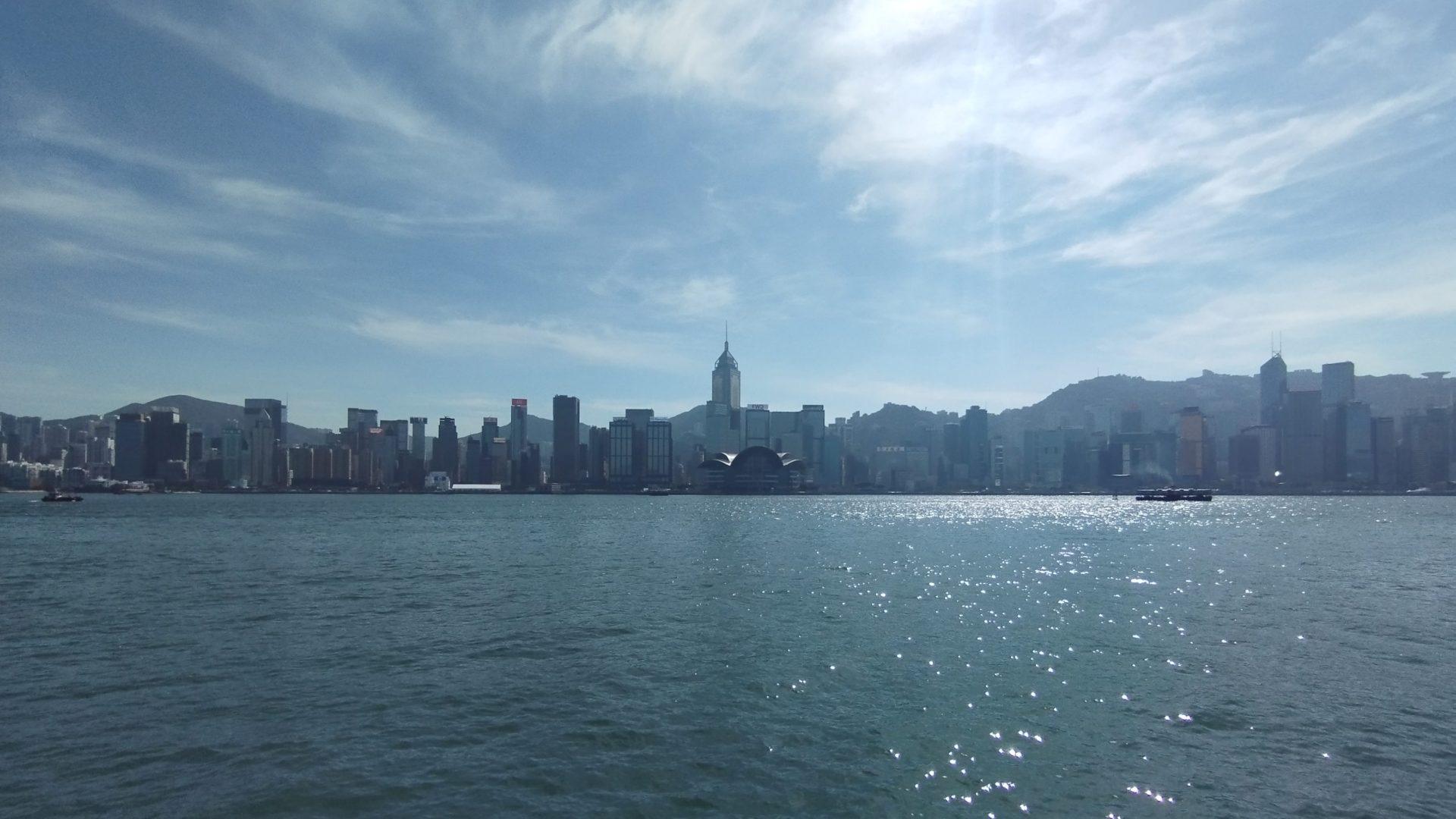Is your trip to Hong Kong just around the corner? If you’re here I imagine you’re not only jotting down all the restaurants you want to eat at or the monuments you don’t want to miss, but you’re also trying to get everything under control before it’s time to catch the flight that will take you to the other side of the world. Isn’t that right?
Since there are several things to plan, here are some travel tips to consider both before you travel to Hong Kong and during the course of your adventure.
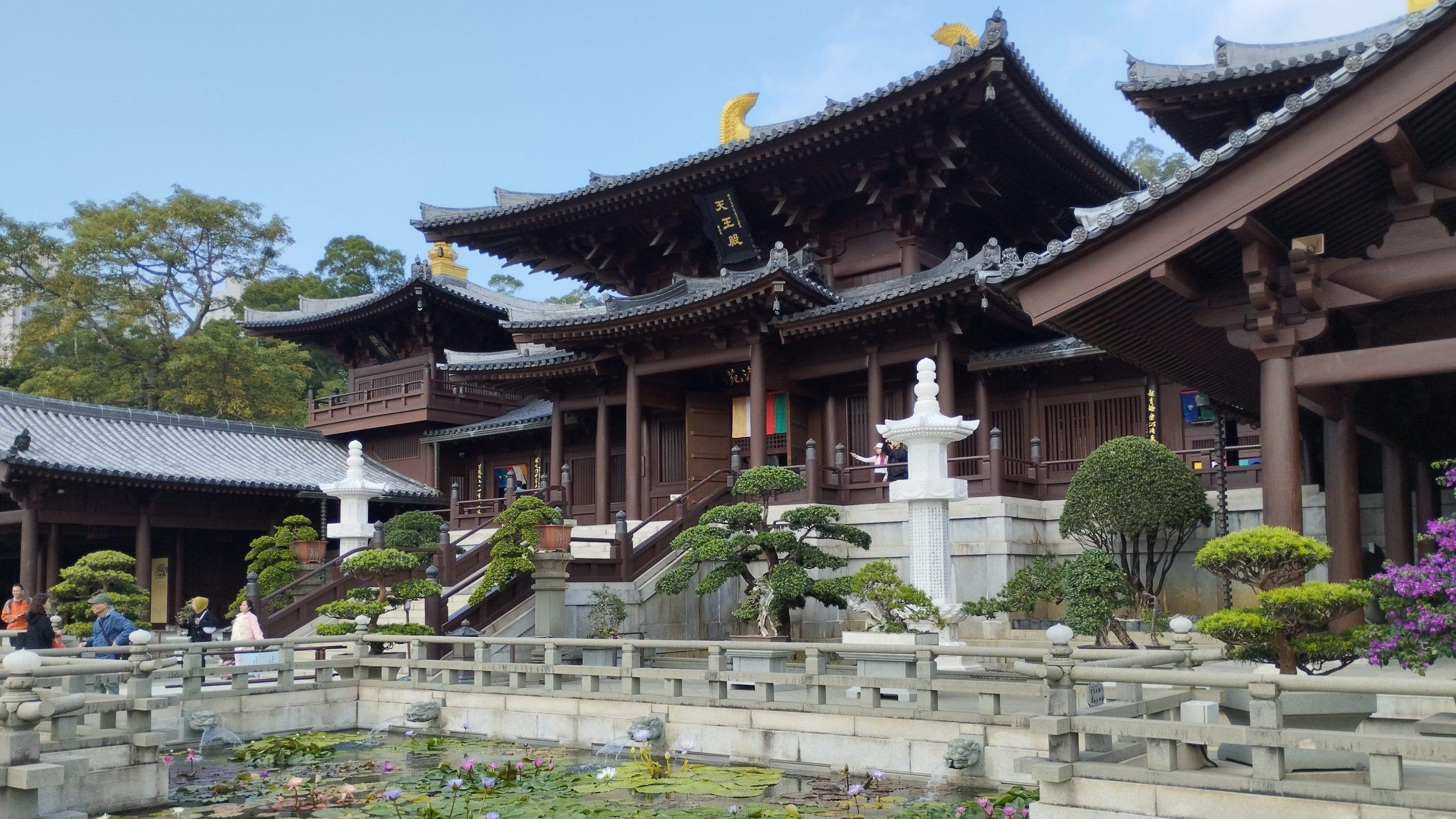
Content index
Documentation, vaccinations and travel insurance
Your passport
Make sure your passport is valid for at least six months, the minimum required by Hong Kong authorities to enter the territory. According to the Ministry of Foreign Affairs, it is common for airlines to be strict in this regard and to deny boarding to passengers bound for Hong Kong who do not meet this requirement.
Spoiler: at the airport, when you go through immigration, they will not stamp your passport 😞 They will give you a small piece of paper with the time you can stay in the country (be careful, it can easily get lost; if you have a passport holder with a pocket, I recommend you put it there), but no stamps. For that you have have to go to Japan… 😀
Visas
If you are traveling to the to the Hong Kong and Macau SAR for tourism, you may need a visa. This depends on your nationality and the length of your visit. The Hong Kong Immigration Department website has a table with all the information on visa requirements for traveling to Hong Kong.
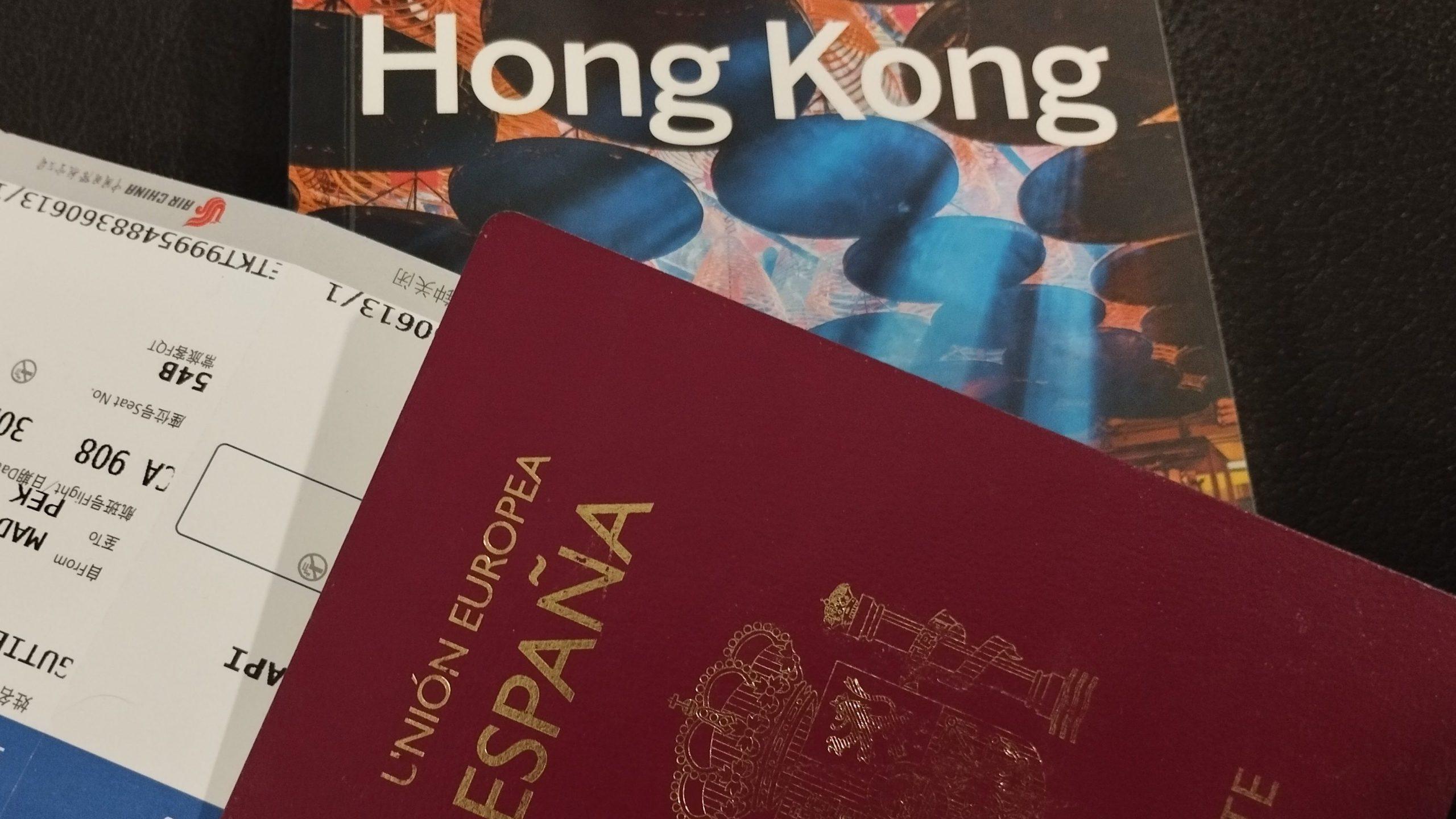
Vaccinations
There are no compulsory vaccinations requires to travel to Hong Kong; however, vaccinations against Tetanus, Polio, Rabies and Dengue are recommended. I did not take any of them because I did not think there was any risk as it was a mostly urban trip.
Nevertheless, considering that it is always important to be up to date on health matters, I recommend that you check the recommendations of the WHO and ask your doctor for further information. You will usually need to make an appointment at the International Vaccination Centre in your city, so give yourself plenty of time to prepare for your trip to Hong Kong.
Travel insurance
It is important to keep in mind that Hong Kong does not appear as a destination when searching in some of the insurance companies, so you should check well if it is a destination that is included in their coverage when traveling to China and compare.
If you are only going to visit Hong Kong, the price may be higher for choosing China as a destination. We chose Iati’s insurance for its coverage (what we always take into account is the health and liability coverage, as well as their assistance). If you are preparing to travel to Hong Kong and are looking for travel insurance, get it here with a 5% discount.
When to go to Hong Kong? Best times, weather and luggage
Weather in Hong Kong
Hong Kong has a subtropical climate, which means it is hot and humid. Whenever you go, you will find a fairly even temperature that will not rise above 32 degrees or fall below 10 degrees. The most recommended months to visit Hong Kong are October, November and December, as there is a pleasant temperature, a dry season – which runs from September to April, with December being the least rainy rainy month of the year – and clear skies most of the time.
However, December is also the month with the shortest daylight hours, with sunset around 5:30 pm. It is also important to know that Hong Kong is very humid, although the feeling varies depending on the month: from March to November it tends to very hot, while in December and January you can hardly feel the humidity.
When I went in December 2024, I saw that there had been tropical typhoon warnings in mid-November. Taking to some locals there, I was told that they usually have about 10 typhoon warnings a year. For accurate weather information, possible severe weather warnings, or just to know what temperature to expect on your trip so you can prepare your luggage, the Hong Kong Observatory website is the most reliable source.
Luggage for a trip to Hong Kong
My trip lasted eight days and seven nights, so I didn’t have to pack much in my backpack, and the time I visited Hong Kong was December, and the temperature was warm, averaging about 20 degrees during the day and about 12 degrees at sunrise and sunset.
My recommendation regarding luggage for your trip to Hong Kong is that you do not want to miss layers, as they will be your allies during the temperature changes. It is also very typical that the air conditioning in places is on full blast, especially in restaurants and public transport, so you will be grateful to have something to cover yourself with.
My bet would be a pair of long pants (some jeans and some baggy pants), a bomber jacket and sweatshirts in between seasons, one or two long dresses, and several t-shirts. As for shoes, I wouldn’t recommend sandals, but walking shoes that aren’t too warm.

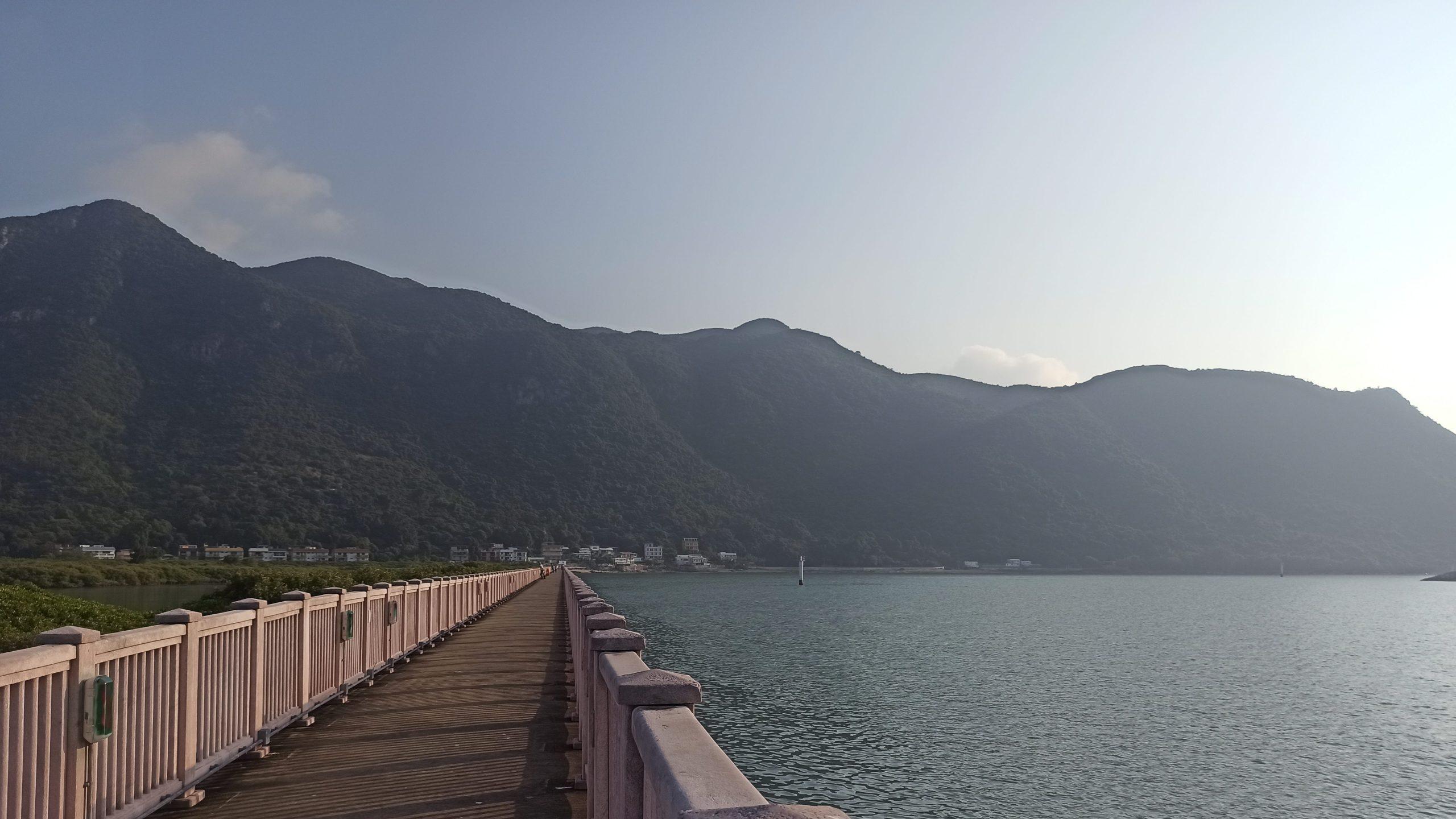
Other things to keep in mind for the trip
Plugs
Hong Kong usew G-type plugs, the same as in the UK, Ireland and Malta. The G-type has three flattened plugs, the top two thin and a wider central one. The standard voltage is 220-240V and the frequency is 50Hz. My recommendation in this case, as in all other trips, is to get a universal adapter – one of my travel essentials-, although you can also find adapters in any street market (it must be common to forget to bring one…).
In our hotel, for example, we had USB ports in addition to the power sockets, so youmight want to ask your accommodation if they have this facility (I do not recommend travelingn without an adapter, but it might be interesting to know in case you forget to pack it in your luggage in the midst of all the preparations for your trip to Hong Kong).

The language
Although English is still not widely spoken in China, Hong Kong is an exception. Its colonial past, among other things, has facilitated the use and learning of English in the territory, so you should have no problems. However, you know that nothing is set in stone, and you may find yourself in local restaurants where no one speaks English.
For these cases, remember to bring a cheat sheet with some common phrases that may come in handy in everyday life, or use an online translator to make yourself understandable – remember that communication goes beyond ordering the dumplings you want for breakfast; it can make your stay and experience much more challenging.
Unlike most of China, Hong Kong speaks Cantonese, not Mandarin, so keep that in mind when looking for translations. However, it is true that most Hong Kong people understand and even speak Mandarin.
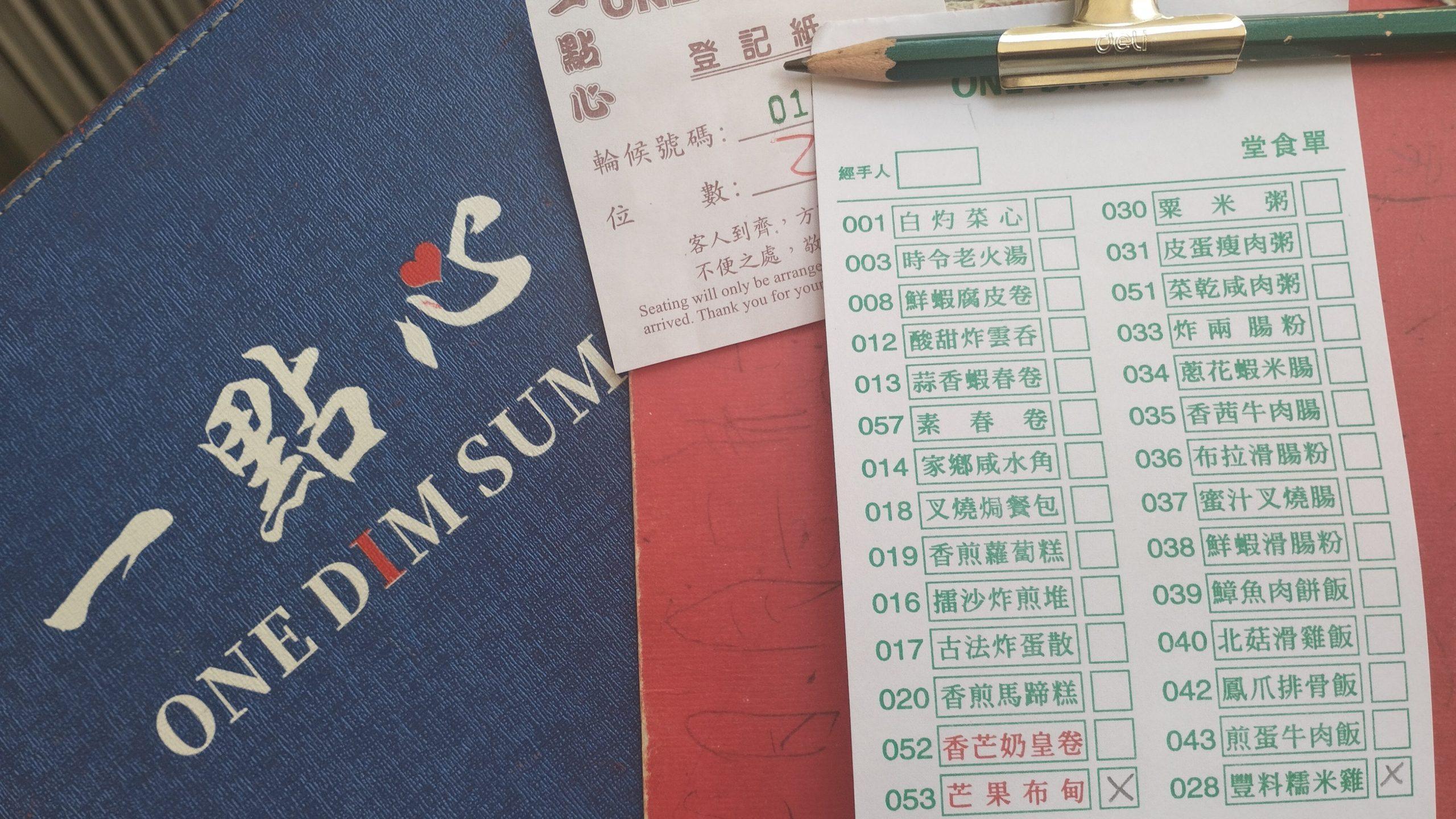
Currency, prices and budget
The currency in Hong Kong is the Hong Konf dollar (HK$). There are both notes and coins, and you will need to carry cash around the city. You will see HK$500,, HK$100, HK$50, HK$20 and HK$10 bills. You may come across HK$10 coins – silver and gold, very heavy – although this is not common, but you will certainly use HK$5, HK$2 and HK$1 – all silver. We did not see smaller ones on a daily basis, although there are 50, 20 and 10 cents -all gold.
In Macau they use the Pataca (MOP$). If you travel from Hong Kong to Macau for a day, you can pay with Hong Kong dollars in restaurants, shops and transportation.
Can I pay by credit card in Hong Kong? From my own experience I can tell you that yes, but not as much as you might think. For example, most local restaurants, especially tea houses, do not accept Visa or Mastercard. The most common thing for locals – at least what we saw – is to pay with mobile apps like Alipay, Wechat or Octopus card.
How many Hong Kong dollars are $1? As of December 9, 2024, $1 was equivalent to HK$7.76, while HK$1 is equivalent to $0.12. I always use the XE app to check the change when I travel, so you can check it there before and during your trip to Hong Kong. The easiest conversion to keep track of how much things cost is that HK$10 is a little more than $1, HK$100 is a little more than HK$10, etc; this will make your daily life much bearable, I assure you.
Cards for traveling and paying in Hong Kong
Although the most famous cards for traveling abroad are Revolut, N26, and Wise, I cannot talk about them on this occasion; I have been using my Spanish Abanca card since I turned 18 and started traveling.
In many places in Hong Kong you can pay with Alipay, so do not hesitate to investigate this option if you find it interesting (we did not, and when we had to pay mainly with cash because they only accepted Alipay, we missed it).
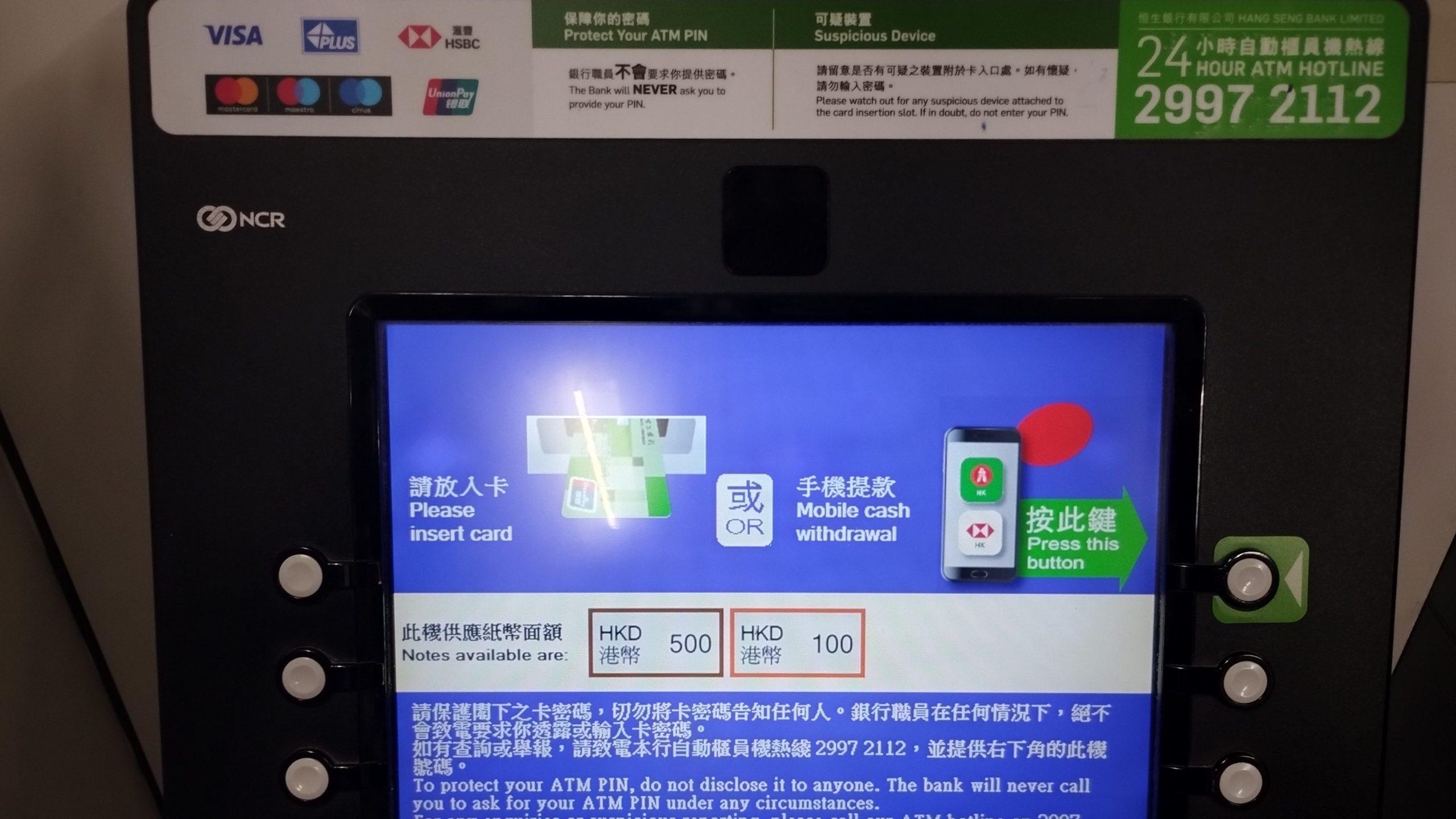
Mobile Internet: use eSim or SIM
In my case, I cannot comment or recommend an eSim for traveling to Hong Kong because my phone does not have the option to use it. So I bought a SIM card. On other trips to Asia, I have bought it directly at the destination – sometimes at the airport, sometimes at convenience stores like 7/11 – but this time I preferred to go with the one already secured by buying it in advance. Since we were planning a day trip to Macau, we bought a simple 7-day pass to cover that destination as well, with a maximum of 500 MB per day.
Since there are two of us and we know how different the language is and how big the city is (so we expected to need the phone on a recurring basis), we bought a second SIM card to use in Hong Kong, this one with a longer duration (8 days) and more speed.
Internet access and social networks
You may have heard that access to websites such as Facebook, Youtube, Google, Gmail, Twitter, Instagram or Spotify is restricted in China. If you are wondering whether this is the case in Hong Kong and Macau, you should know that both Hong Kong and Macau have no such restrictions, so you can use them freely.
Transportation
Hong Kong’s transportation network is very intuitive and accessible, making it very easy for visitors. You can get around the city by bus and minibus, MTR, ding ding (tram), cable car, taxi, motorbike, scooter…
In my experience, public transportation is frequent and cheap, so it is worth using it whenever necessary, and the area covered is so large that it can even be interesting to use it as a mere means of tourist transportation.
For example, we took a few rides on the ding ding to enjoy the atmosphere of the city in the Causeway Bay area, and to get closer to Aberdeen we took a bus and enjoyed the view from the front seat of the top – in Hong Kong, buses have two floors. We often found this option more appealing then the subway.
The price of transportation is, as I said, very affordable, especially if you have the Octopus tourist transportation card, which is a wallet card that you recharge whenever you need to (in the same subway station, in convenience stores…) and gives you access to almost all means of transportation in a comfortable way.
This type of card can only be loaded with cash and a minimum of HK$50 (and multiples), its initial price is HK$39. You can buy it upon arrival at the airport or book it in advance and pick it up after landing, which we did for convenience as part of our preparations for our trip to Hong Kong.
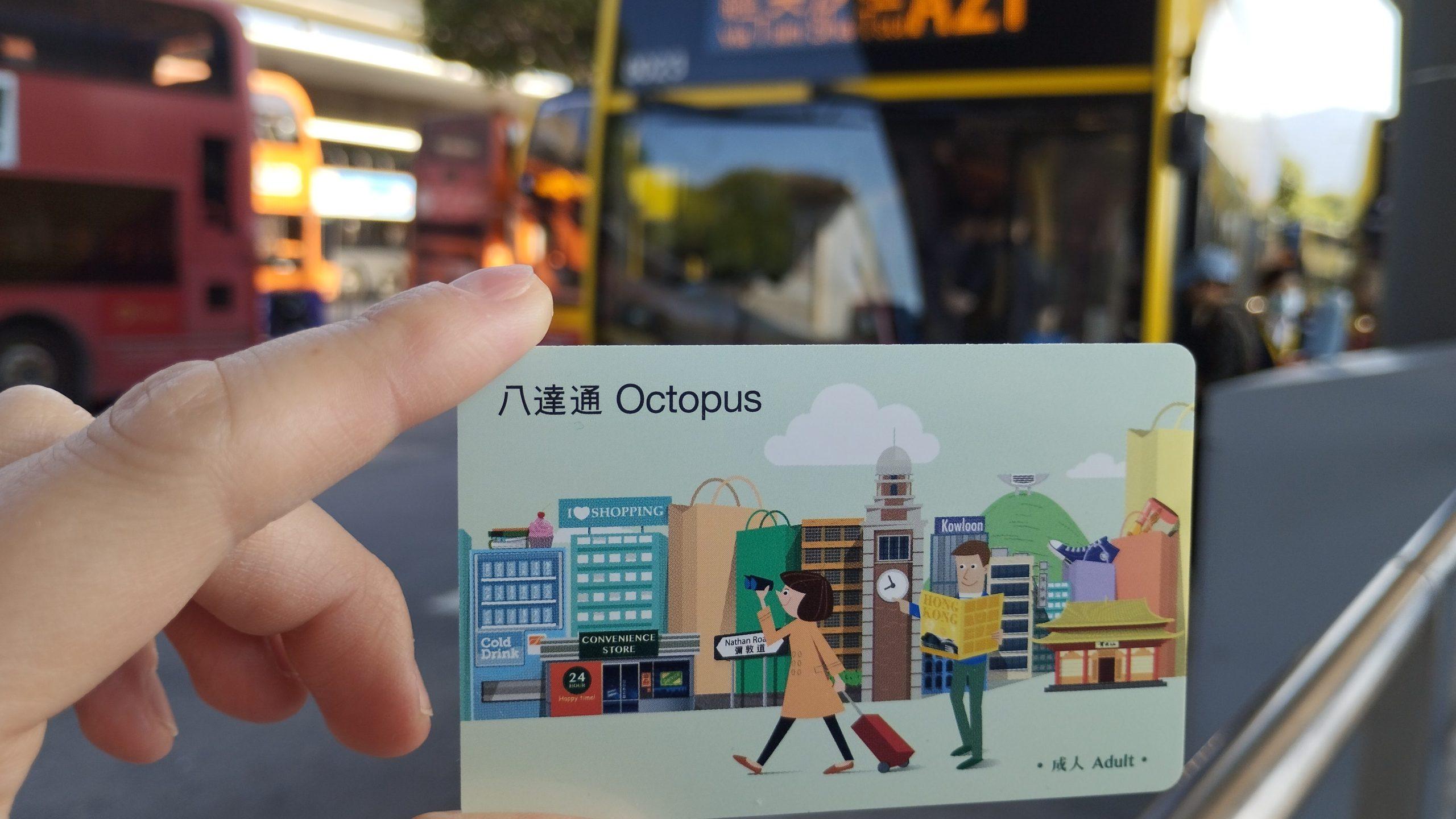
To give you an idea, here are the prices of the different means of public transport (these are approximate prices as they vary depending on the route and it is quite complicate to calculate them):
- Double-decker bus or minibus: HK$4-46
- Subway: HK$4-25
- Tram (ding-ding): HK$2.60
- Ferry: HK$5-6.50
First-hand Hong Kong travel information sources
- Department of Health
- Lonely Planet Guide to Hong Kong, written by locals and destination experts
- Hong Kong Observatory
- Hong Kong Tourism Board
Useful phone numbers
Hong Kong area code: + 852 | Macau prefix: + 853
- Consular emergency number: (852) 9031 7246
- Police: 110
- Fire Department: 119
- Other emergencies: 999
If you consider these travel tips before your trip to Hong Kong, I assure you that you will have a smooth and pleasant trip, so make your list and check all the points you have under control, Hong Kong is waiting for you!

